Gardening Q&A
-
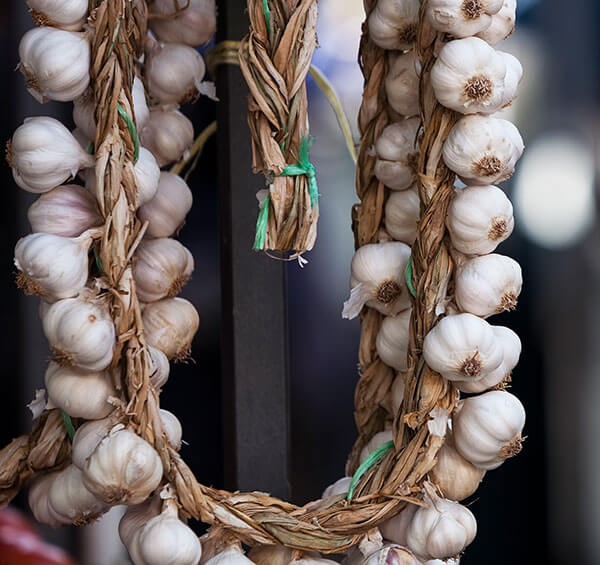
I want to plant garlic for braiding. What varieties are best?
Garlic comes in two types: soft neck and hard neck. The soft neck varieties have pliable stalks, allowing them to be bent and braided easily. Soft neck garlic develops many cloves in each head of garlic. Hard neck garlic makes a flowering stem that produces many tiny bulbs, as well as an underground bulb with a single row of garlic cloves. Both are flavorful, although many gardeners say hard neck garlic is more strongly flavored. For braiding, go with soft neck.
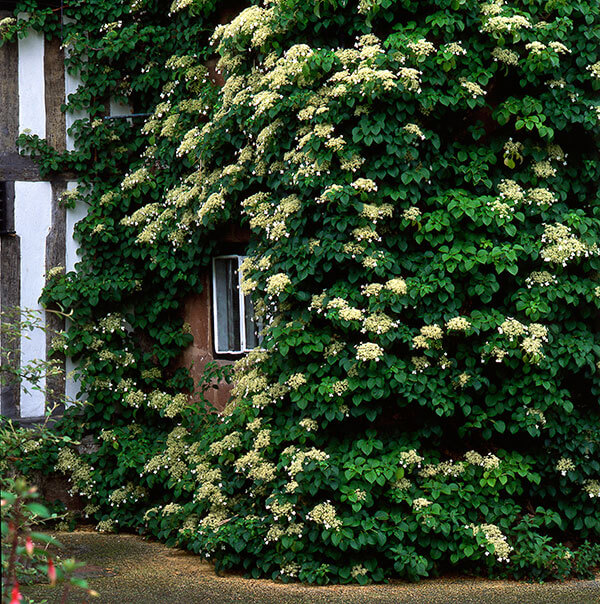
I saw a beautiful plant in Vermont climbing up a chimney and was told it was a climbing hydrangea. Is that true? Are hydrangeas cold-hardy?
There is indeed a climbing hydrangea. It grows best where the vine can attach itself to a hard surface (it makes suckers to stick to a surface). It is spectacular in bloom. If they can survive Vermont winters, they can certainly survive anything California has to offer. Most people don't know hydrangeas can be quite cold-hardy, with some varieties even able to tolerate zone 3 of the USDA Zone Hardiness Map, the coldest zone in the country.
-
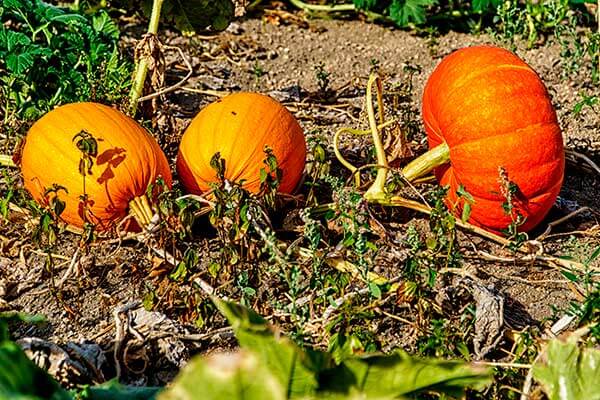
When do I pick winter squash?
The vine will give you clues: It will start to die back. But as long as the squash are nice and hard (thump on them with your knuckles), you'll be fine picking them sooner. Stored properly—out of sunlight and in a cool, dry place—they'll keep through the winter.
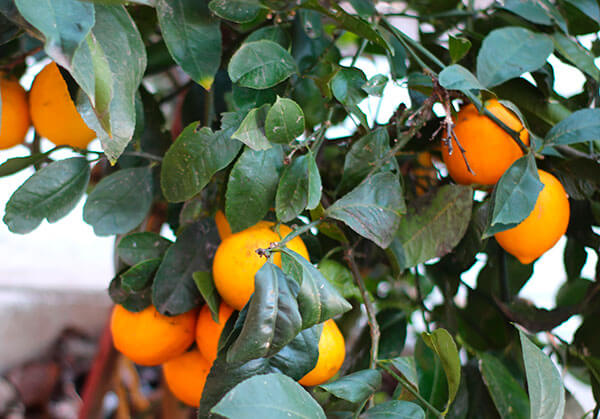
The package label says to fertilize my citrus each month. Do I fertilize the trees all winter?
During the plant's growing season, you fertilize each month, but during fall and winter, cut it back to once every two months and also cut back on the strength of the fertilizer. I use a very dilute mixture during the dormant months.

I meant to grow arugula this summer, but forgot to plant the seeds. I just found the packet. Will it keep until spring?
Go ahead and toss some of the seed into the garden now, and you'll have fresh arugula by Thanksgiving. Save the rest until spring—it will be fine.
-
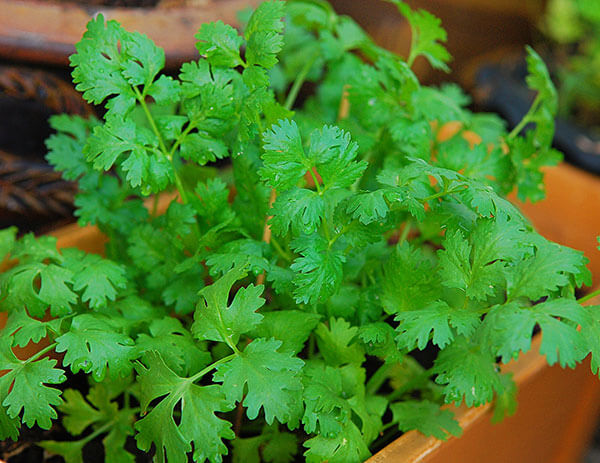
I keep trying to grow cilantro every summer so I can use it in salsa, but no luck. It just dies.
If you live in the hotter parts of California, you'll be disappointed to know that cilantro will grow only in the cooler spring and early summer months. I've been in the same boat. Cilantro grows, matures and dies before the fresh tomatoes are ready, so I can't make salsa using both tomatoes and cilantro from my garden. It's an annual herb, so it has a short life, anyway. Bottom line: Cilantro doesn't like the heat. Sorry.
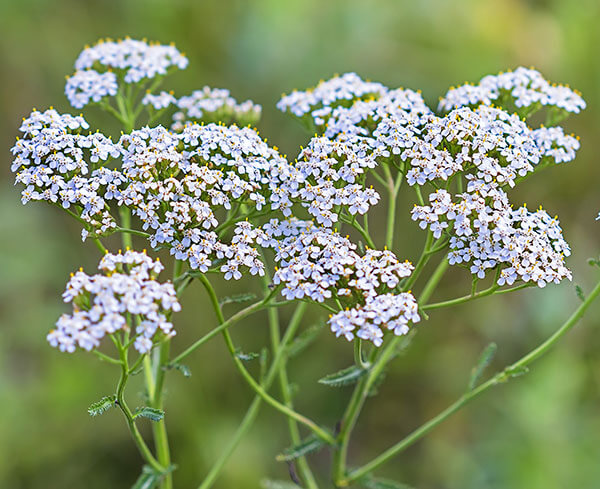
I love growing yarrow, but don't like the way the flower stems suddenly fall over and sprawl. How do I keep them upright?
It's another tricky question. If you give them plenty of water so you get bigger flowers and stalks, they will still fall apart from the middle and try to fall down. Grow them with very little water and eventually they will still fall over. The best thing to do is to put one of those small tomato cages nurseries sell around the plant when it's young and make sure the flowering stalks stay inside the cage. Problem solved, and you won't have straight stalks with flowers growing sideways!

